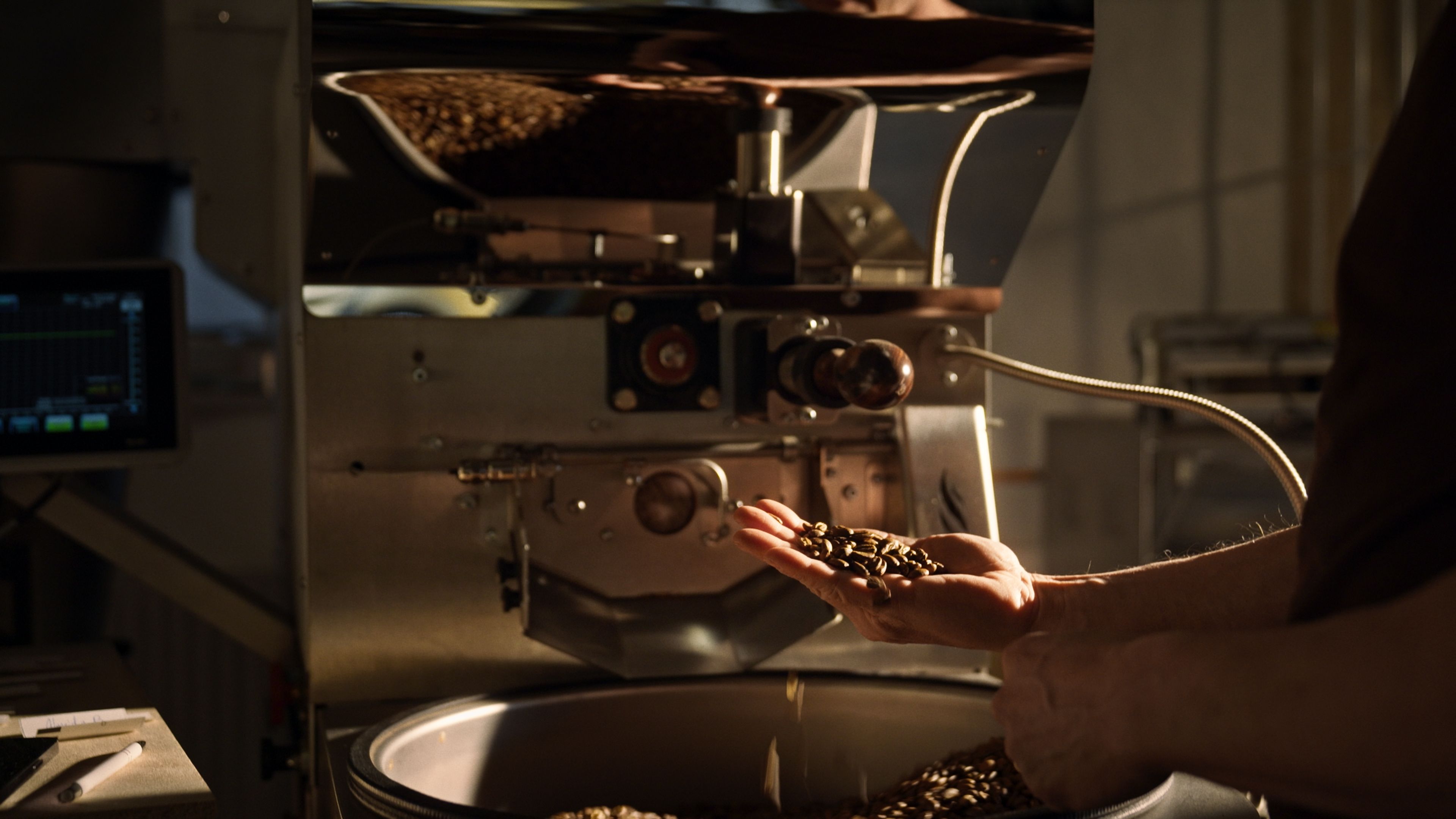Grinding Coffee Beans: Techniques, Tips, and Benefits
Last updated: October 2025
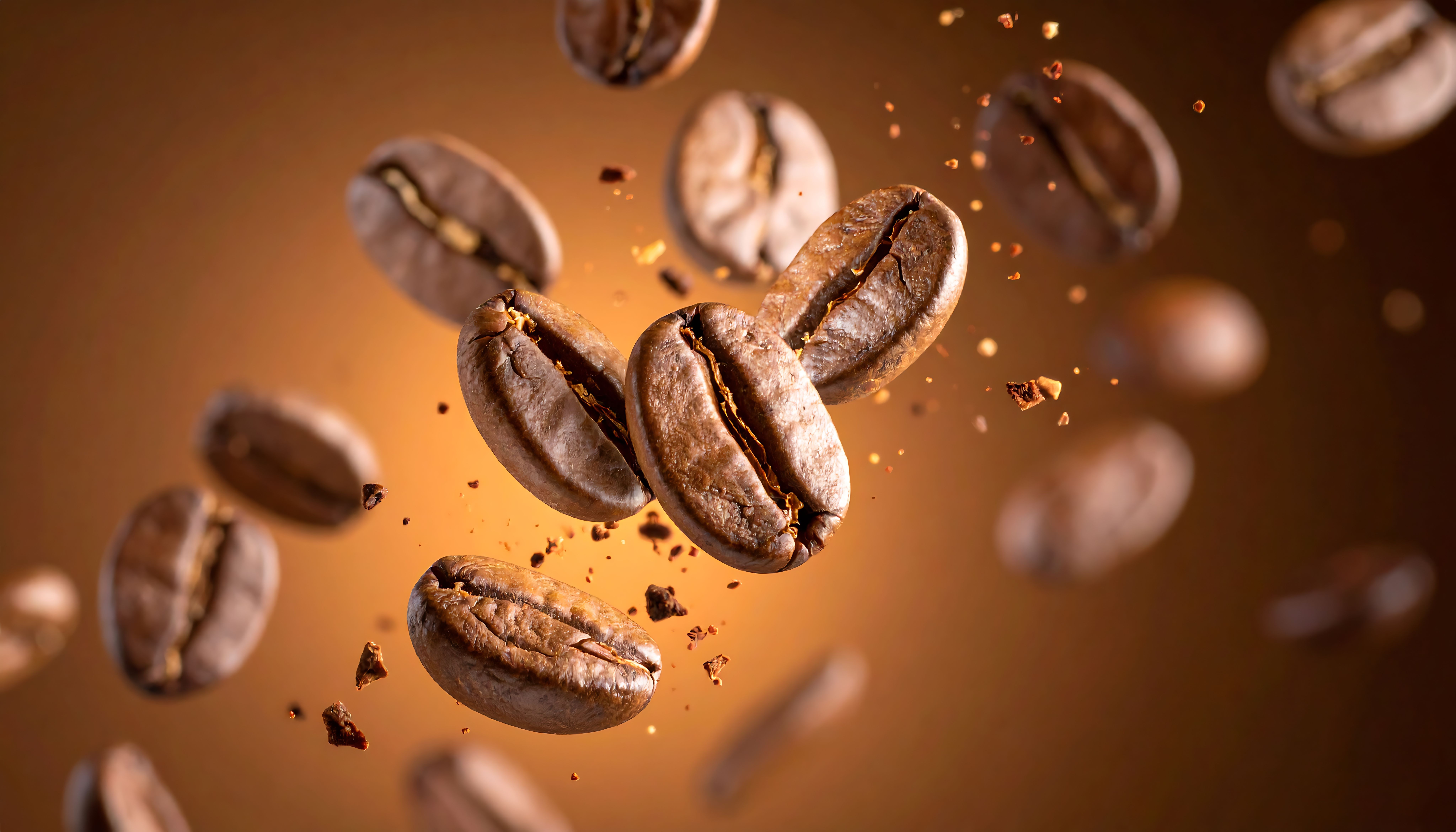
Introduction: Why Coffee Regrinding Matters
Regrinding coffee — the process of grinding already ground coffee a second time — is a debated practice among baristas and coffee enthusiasts. While grinding coffee beans fresh is key to unlocking flavour, regrinding can help fine-tune texture and extraction when the first grind wasn’t right.
Whether you’re brewing espresso, filter coffee, or cold brew, grind size affects taste, aroma, and mouthfeel. This article explains when and how to regrind coffee safely, the potential benefits, and why grind consistency matters for your next perfect cup.
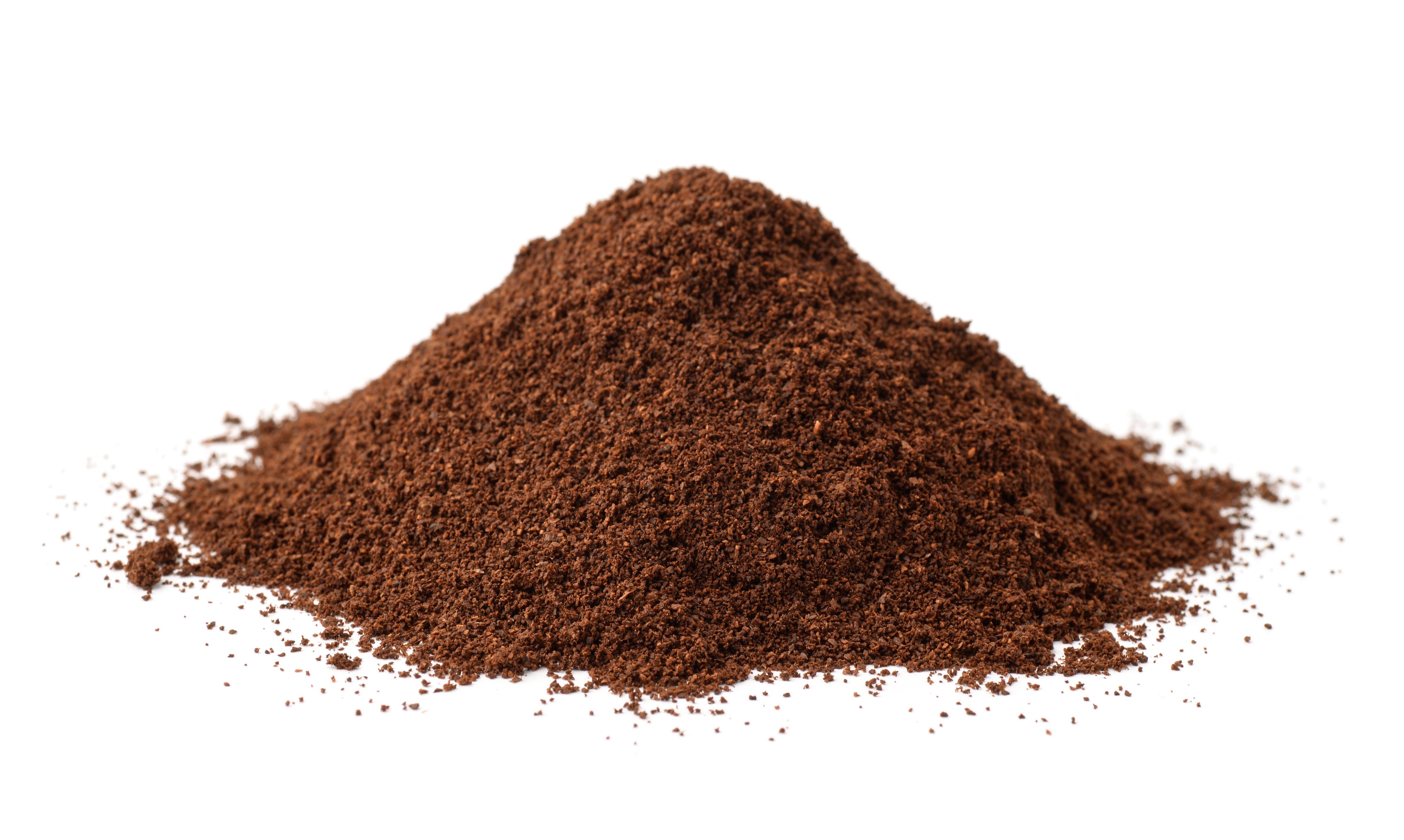
What Is Coffee Regrinding?
Coffee regrinding involves taking pre-ground coffee and processing it again through a grinder to make it finer. This is often done when the original grind is too coarse for espresso or moka pots, or when aiming for better extraction control.
While the method can correct mistakes or reduce waste, excessive regrinding can produce too many fines (ultra-small particles) that cause bitterness.
(Liu et al., European Food Research & Technology, 2023) — study on coffee particle size distribution and extraction properties.
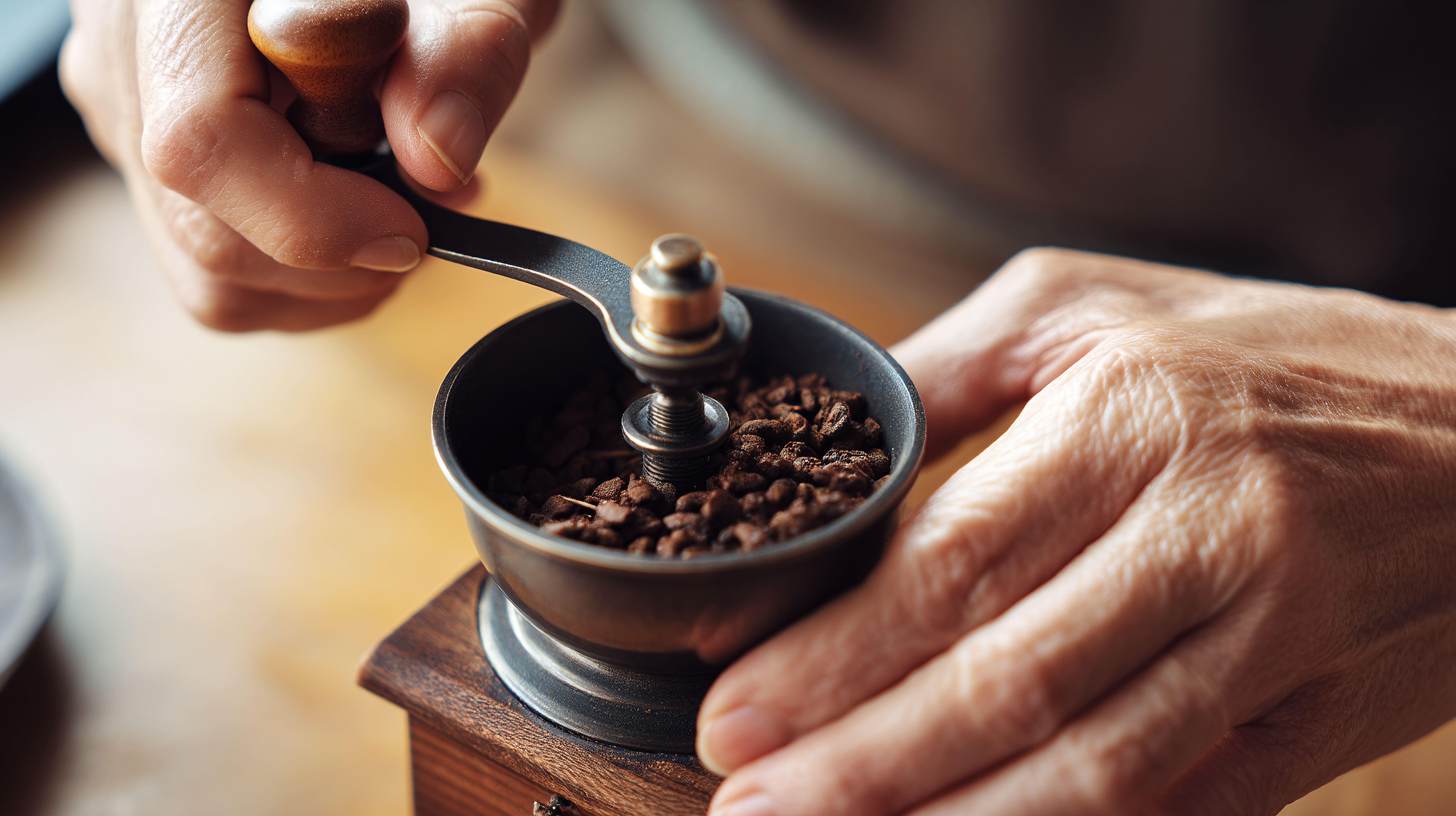
Benefits of Coffee Regrinding
1. Achieving the Perfect Grind Size
Grind size defines how fast water passes through coffee grounds and how much flavour is extracted.
- Coarse grind – ideal for French press or cold brew.
- Medium grind – for drip coffee and filter brewers.
- Fine grind – for espresso machines and Aeropress.
If your first grind was too coarse, regrinding can adjust texture for espresso coffee or barista coffee machines, helping balance extraction and aroma.
2. Reducing Waste
Regrinding helps avoid throwing away coffee that’s too coarse. Instead of discarding it, you can make adjustments and reuse it effectively — reducing waste and saving on fresh coffee beans.
(Journal of Food Research, 2020) — study showing how grind uniformity influences brewing yield and sensory quality.
3. Enhancing Flavour Extraction
A finer grind exposes more surface area, allowing better flavour release during brewing. However, too fine a grind can increase bitterness — the balance is key.
(Chemosensors, 2024) — findings on grind size, acidity, and bitterness correlation.
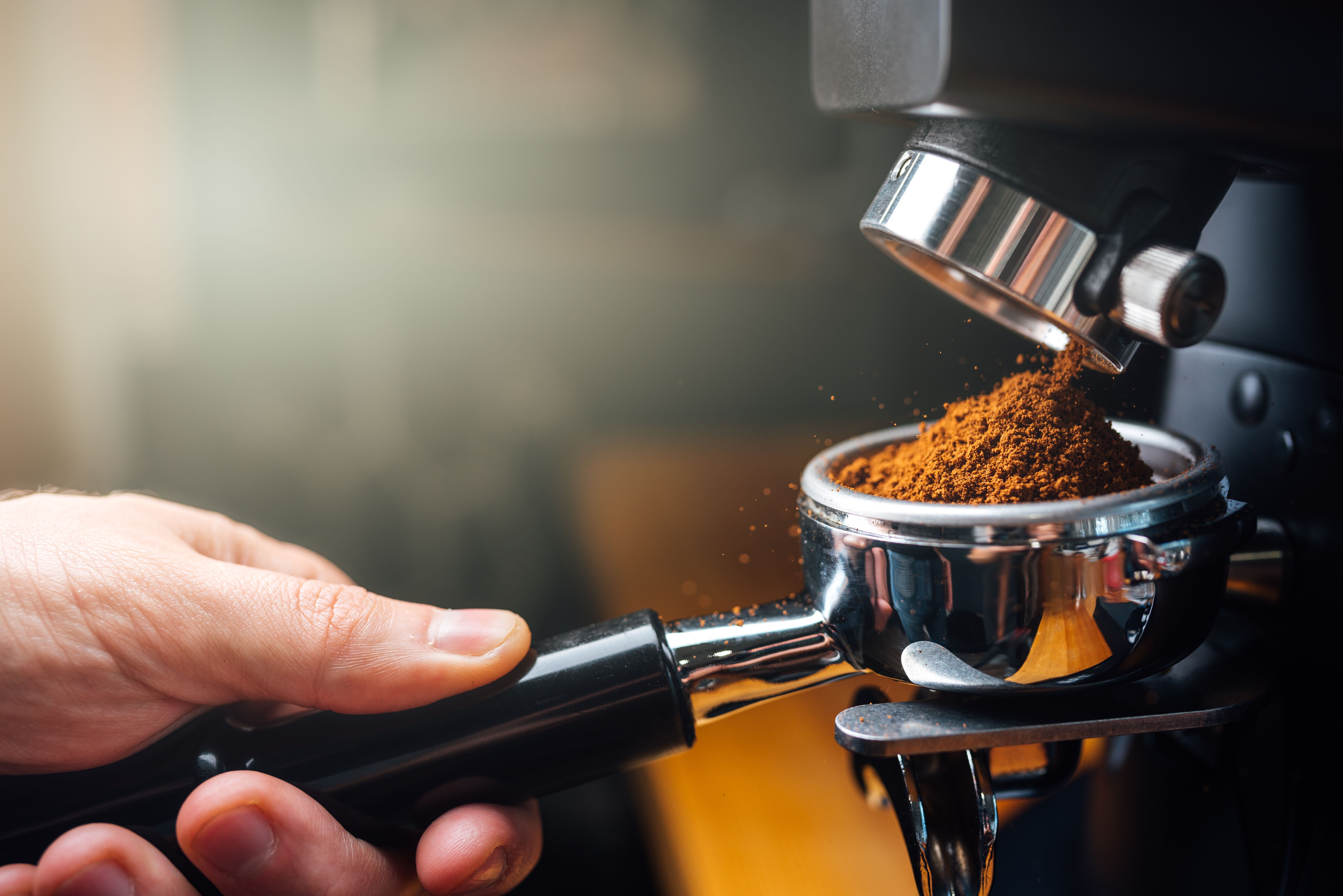
Challenges of Coffee Regrinding
1. Inconsistent Grind Size
Running coffee through a grinder twice can result in uneven particle distribution. This unevenness affects extraction and leads to a cup that’s either over- or under-extracted.
2. Heat Generation
Each grind generates heat, which causes loss of volatile aromatic compounds responsible for coffee’s rich aroma. Regrinding increases this heat exposure, impacting the flavour of even the best coffee beans UK.
3. Excess Fines and Bitterness
Regrinding creates a higher percentage of fines — tiny powder-like coffee particles. These lead to slower water flow and over-extraction, which can produce bitterness or chalky texture.
(Liu et al., European Food Research & Technology, 2023)
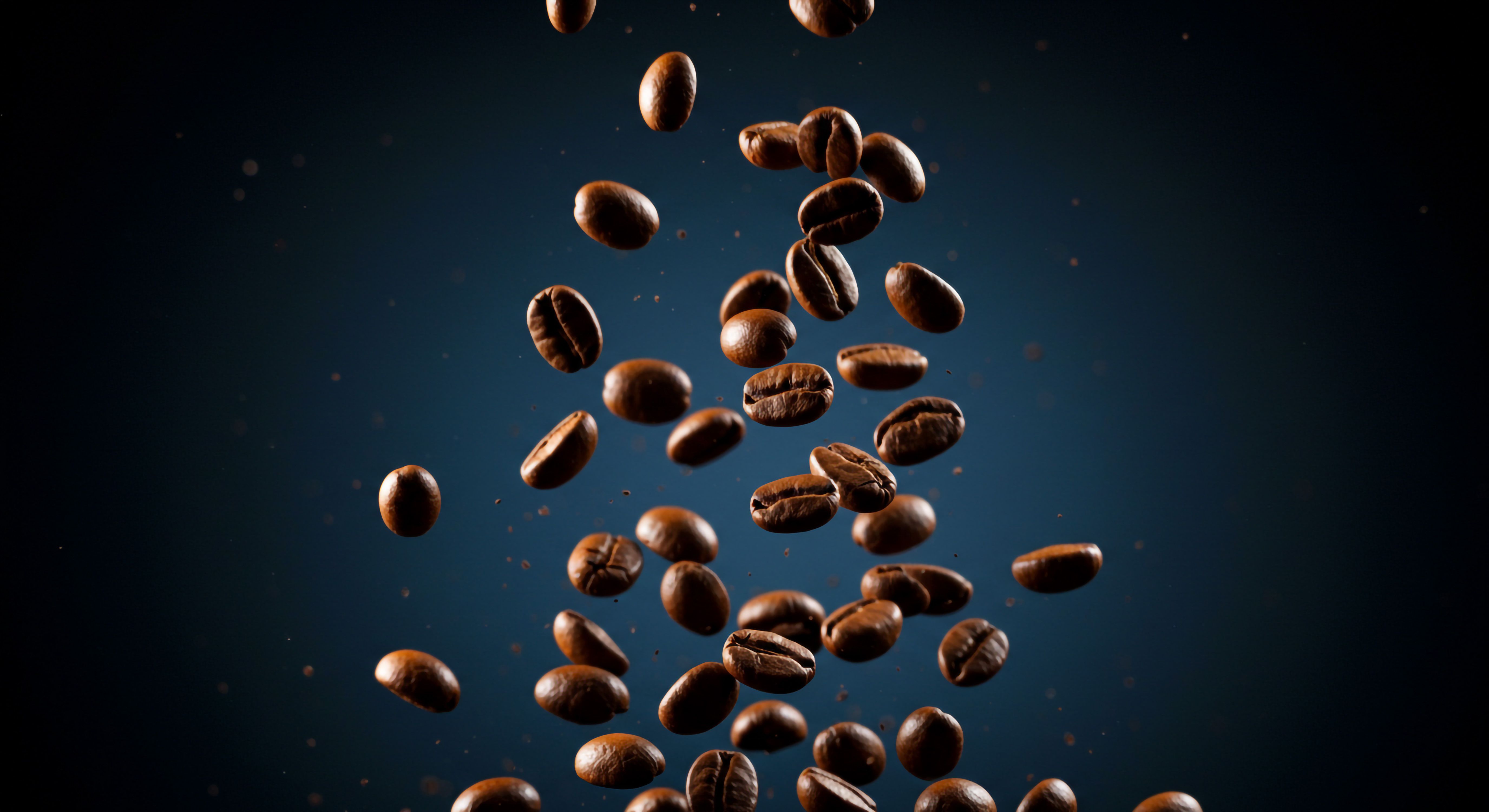
Tips for Successful Coffee Regrinding
- Use a Burr Grinder: Burr grinders are more consistent than blade grinders, ideal for espresso machines or filter coffee setups.
- Work in Small Batches: Reduces heat build-up and preserves coffee’s natural oils.
- Adjust Gradually: For espresso, regrind slowly to avoid clogging the machine or over-extracting.
- Store Beans Properly: Keep beans airtight and cool; stale beans grind inconsistently.
- Experiment Carefully: Some brewing styles (like cold brew coffee) benefit less from regrinding.
Water Quality: The Secret to Great Coffee
Even with perfect grind size, poor water quality can ruin your brew. Minerals, chlorine, or PFAS in tap water alter taste and extraction.
The Café Station 1™ ensures your espresso, cappuccino, or cold brew coffee is brewed with pure, mineralized water, free of microplastics and chemicals. Its SuperiorOsmosis™ technology removes up to 99.7 % of contaminants while preserving healthy minerals that enhance aroma and mouthfeel.

Café Station 1™ Highlights
- Precision Grinding & Water Filtration – perfect for cafés, offices, or home baristas.
- Versatility – supports espresso, filter coffee, and cold brew.
- Sustainability – reduces bottled coffee water waste.
- Professional Quality – a barista coffee machine experience for your home or café.
Learn more at Bluewater's Café Station 1™.
FAQs — Coffee Regrinding Explained
Can you regrind coffee beans?
Yes, especially when the first grind is too coarse. Avoid over-grinding pre-ground supermarket coffee, as it can become powdery.
Does regrinding affect flavour?
It can. Regrinding increases heat and may reduce aroma — so grind in small batches.
What grinder should I use?
A burr grinder offers precise control and consistent particle size.
Is fresh grinding better?
Always. Freshly ground beans preserve aroma, oils, and complex flavour notes.
References
- Liu, J. et al. “Influence of Ground Coffee Particle Size and Distribution on Beverage Properties.” European Food Research & Technology, 2023.
- Lee, M. & Park, J. “Effect of Home Grinding on Properties of Brewed Coffee.” Journal of Food Research, 2020.
- Chen, X. et al. “Impact of Coffee Roasting and Grind Size on Acidity and Bitterness: Sensory Evaluation Using Electronic Tongue.” Chemosensors, 2024.
